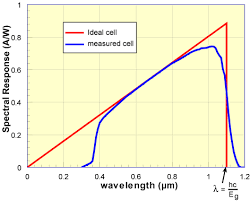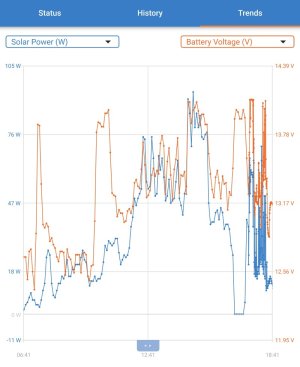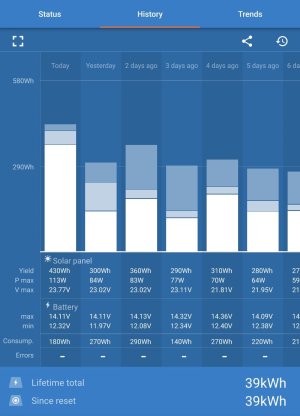Graham_Wright
Well-Known Member
Great discussion. Very little reference to reflected power from the water. There was sufficient supporting opinion to encourage me to buy another panel for experimentation.
I'll report back.
I'll report back.





